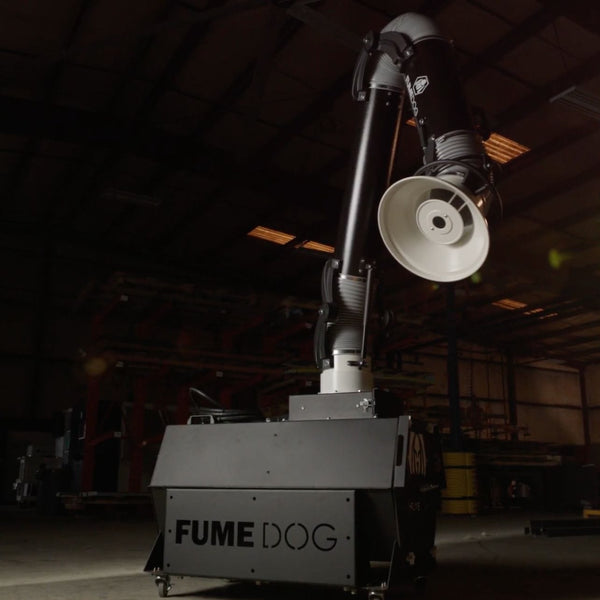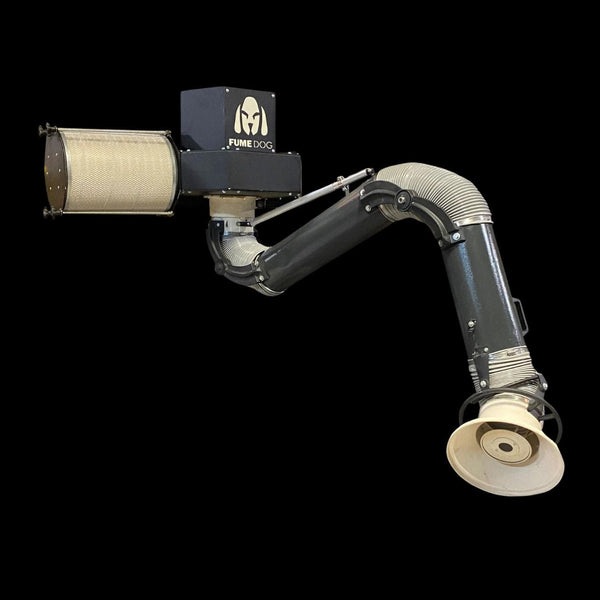
Did you know that you can design your welding booths to have an efficient and functional shop?
Plus, if you choose the right equipment and a smart layout, you'll save a lot on your next energy bills while creating a more ergonomic and pleasant space.
However, there's still a question you need to answer before you start: How can you design a welding booth?
Whether you want to create welding stations for your job or set up training centers in welding schools, you should choose the right design to create a smooth-running space Here's everything you should consider:
Do You Need a Large Space? Do You Prioritize Efficiency?
The design of your welding booth not only determines how much room there is. It can also affect efficiency. Thus, you must consider the space before designing weld booths.
If it's too small and there's no room for people to walk through the area or go from one welding table to another, you won't feel comfortable working, which may result in less efficiency.
Furthermore, the risks of occasional collisions between welders and equipment, fires, and reduced oxygen levels are higher if the space is so small!
What if you need to replace equipment? Would you have to move several welding booths to get those items out?
However, too large spaces can also bring some challenges, such as wasted walking time when you have to go from one station to another.
Why Think About Space and Efficiency When Designing a Welding Booth?
You should find the right balance between spaciousness and efficiency, but it may be tricky! Luckily, applying ergonomic principles to welding operations can eliminate or reduce space issues and make your shop or training facility safer. Resultantly, the likelihood of injury and the productivity level may increase.
A comfortable workplace leads to better efficiency and workflow, but what is the ideal size of a welding booth, then?
Experts recommend designing weld booths of 7x10 feet, as they're large enough to accommodate workers and the occasional visitor.
Sketch In People!
You can ask an architect for an initial drawing of your welding lab layout. Then use a copy and sketch in people!
After sketching in workers, potential visitors, or anyone who may be in the welding shop, imagine you're walking through that space.
Mentally walking through the activities you perform in that place and how people will use it can help you draft a better plan. As a result, you can design an optimized welding booth for enhanced productivity and efficiency.
Using the copy of the cut-to-scale layout, draw in the primary welders and the tools they may use for each task. After that, add space to store welding tables, supplies, and protective equipment.
As you draw people and tools in the initial drawing, take note of the walking distances to each place, considering how often they're visited.
Also, you should consider the storage of the welding fume extraction equipment and cleaning tools. Don't forget work areas, such as cutting stations.
Other Key Considerations to Design Welding Booths
Electricity, Circuit Breakers, and Power Boxes
Besides talking to an architect, you may also need help from an electrician. Ideally, the multipower solutions you need for your welding stations should be written in the plan and layout.
Consider that electricity is one of the largest expenses you must cover if you run a welding shop. Therefore, you must also take note of the number of welders that will work in the station and how many machines they'll use.
Also, you must see the exterior wall as the prime real estate for electrical services and power options when laying out a welding booth.
Gas Systems
When designing your welding booth, you should also think about your main gas manifold system.
Which gases will be used in the welding station? Are you considering oxygen, CO2, water, or compressed air? Remember that lines must be adequately spaced. Also, there should be enough space for flow meters and regulators.
Fume Extraction Systems
Don't forget welding fume extraction! There should be a fume extraction arm in each individual weld booth. If possible, consider a flexible hood to remove welding fumes.
However, some gases must be collected closer to the ground, such as argon and CO2. You may also want to use hanging fume extraction arms in certain booths for added flexibility.
Features
Finally, there are features. Besides custom sizes, you can also consider other useful features, such as smoke and pollution control, weld fume infiltration, and more. Do you want to add them, or do you have another plan in mind?
Final Thoughts on How to Design Custom Welding Booths
Welding booths can be used in different environments, such as high schools, technical colleges, training centers, and welding labs. Furthermore, they can be customized in groups or used individually. Whether it's TIG welding or another process, designing the right booth with hanging fume arms ensures safety and efficiency in all your welding operations.
In all scenarios, design plays a key role in terms of effectiveness, productivity, space, and comfort.




